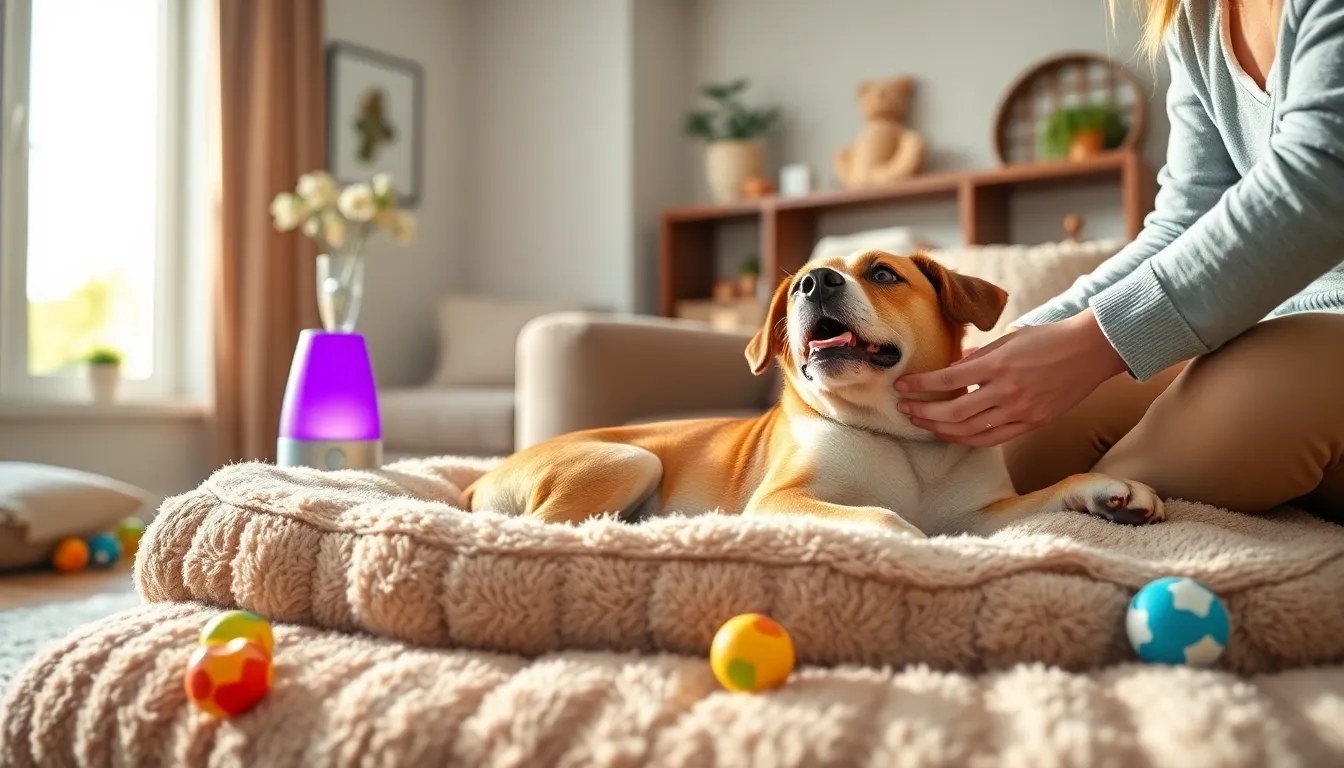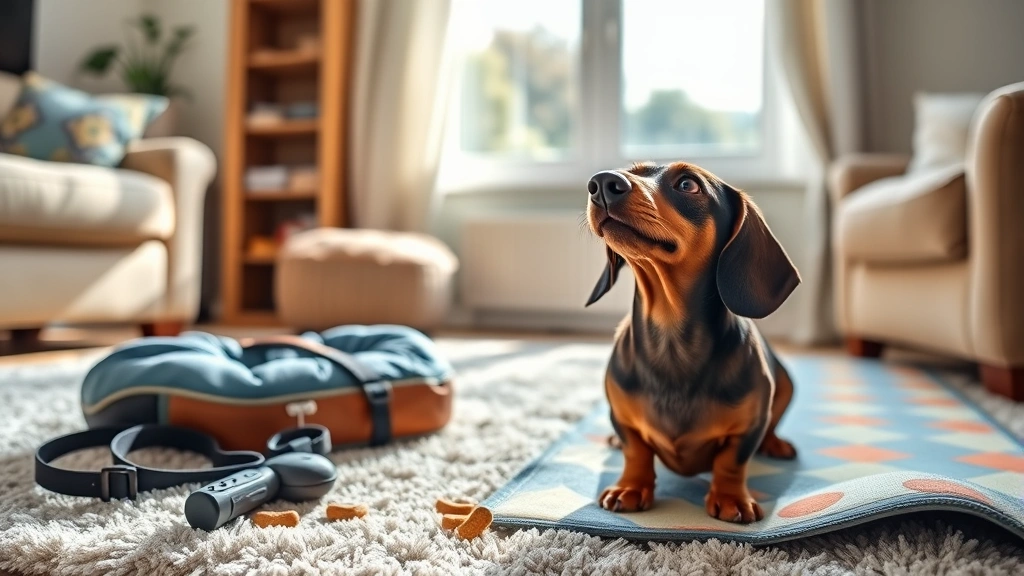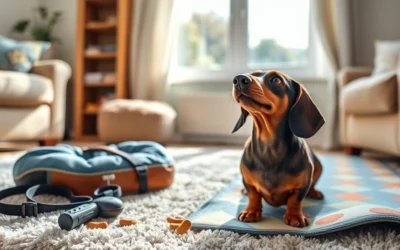If your furry friend seems anxious or stressed, you’re not alone. Many pets experience anxiety due to various triggers, from loud noises to being left alone. In this article, we will explore 16 effective solutions that can help soothe your pet’s anxiety, making them feel safe and secure. Each tip is designed to nurture your pet’s well-being, ensuring they lead a happy and healthy life. Get ready to discover practical, heartwarming solutions that not only comfort your pet but also enhance your bond with them.
1. Create a Safe Space
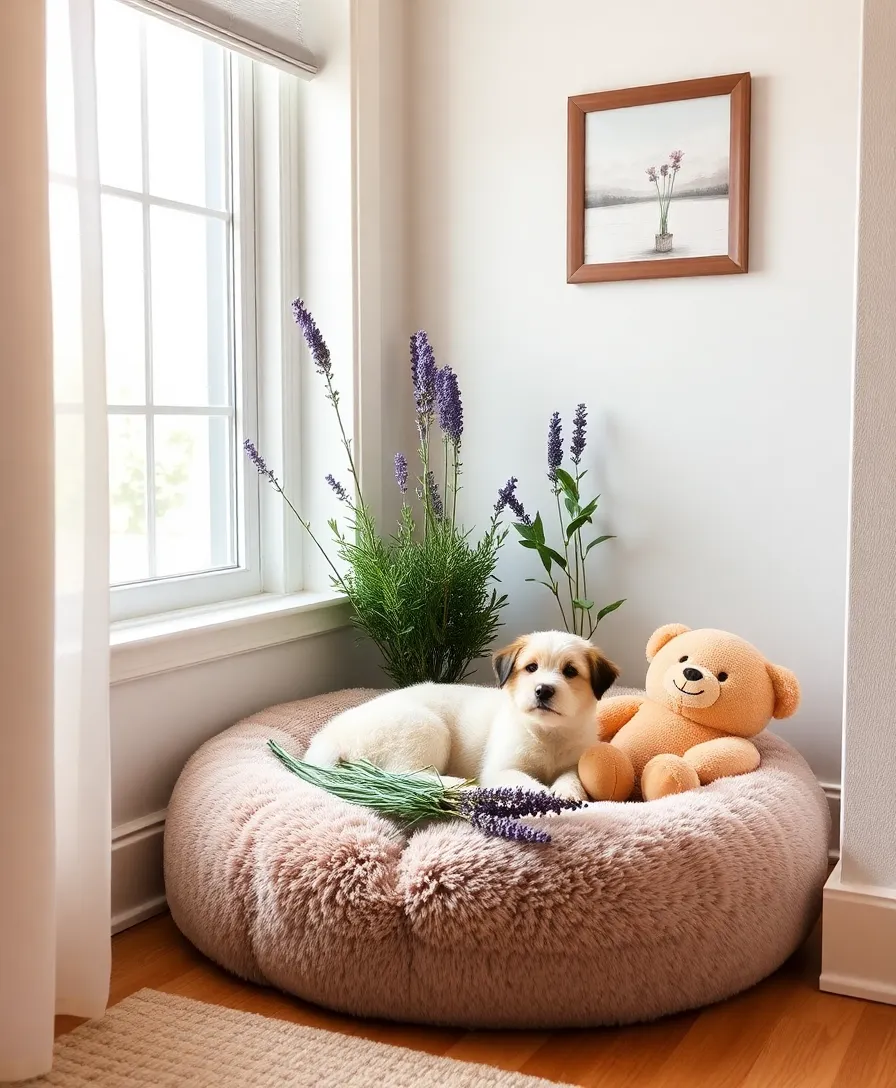
Designating a specific area in your home as a ‘safe space’ for your pet can significantly reduce their anxiety. This space should be quiet and free from disturbances, filled with their favorite toys, blankets, and perhaps an item of your clothing to provide comfort. Encourage your pet to use this space when they feel overwhelmed; add calming scents like chamomile or lavender to promote relaxation. With time, they will associate this area with safety and calmness, giving them a retreat they can rely on during stressful moments.
2. Calming Music or Sounds
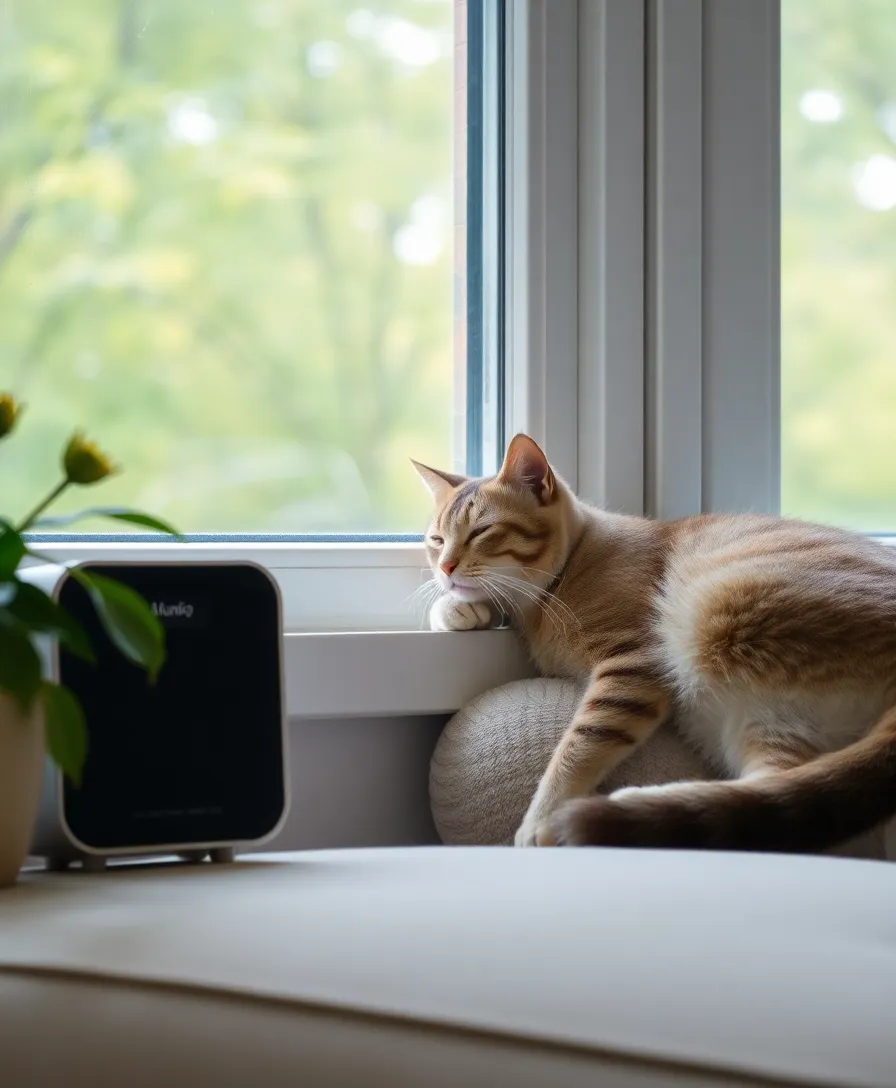
Just like humans, pets can respond positively to soothing music or calming sounds. There are tracks specifically designed for pets that can help reduce anxiety during stressful situations such as thunderstorms or fireworks. Playing soft, classical music or nature sounds can create a comforting environment for your pet. Consider using speakers that create a warm sound blanket that envelops your pet in soothing melodies, helping them relax and feel secure.
3. Interactive Toys
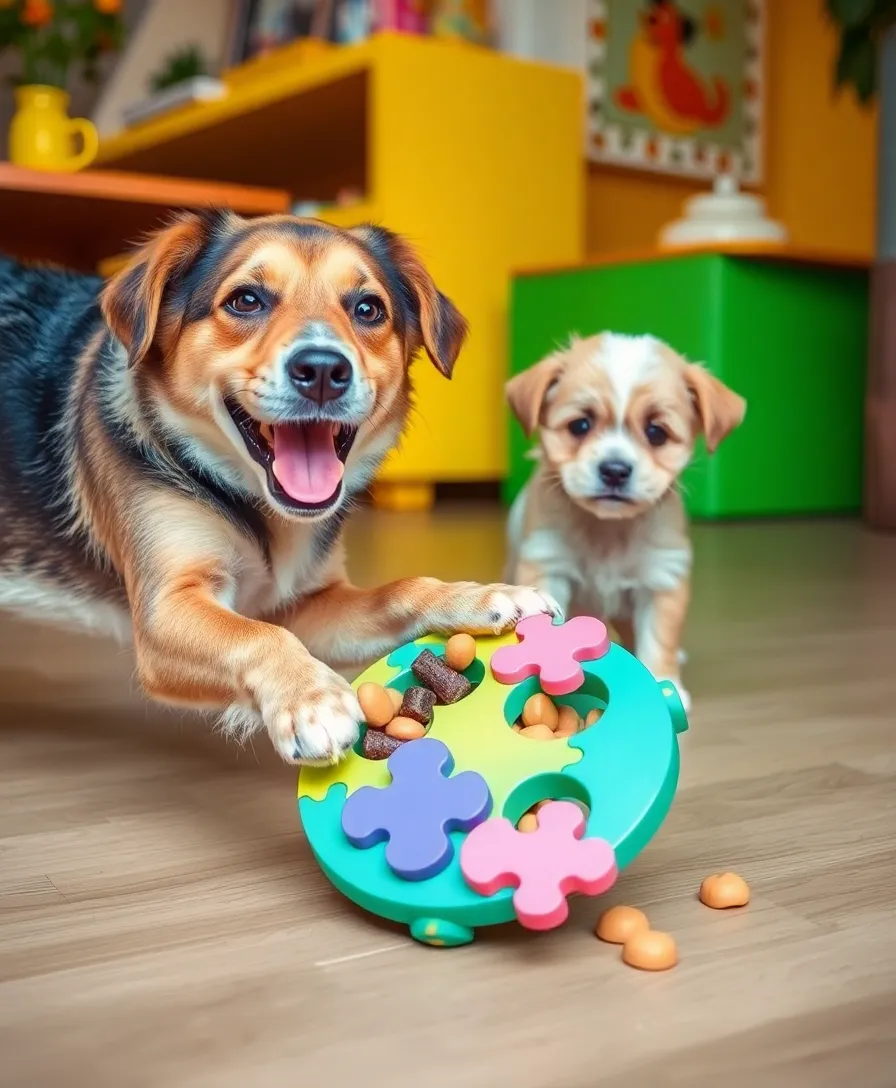
Interactive toys can serve as a fantastic distraction for anxious pets. Toys that challenge your pet mentally, such as puzzle feeders or treat-dispensing balls, keep them engaged and help divert their attention from stressors. These toys not only provide entertainment but also stimulate your pet’s mind, encouraging problem-solving and physical activity. Incorporate them during times you know your pet might feel anxious, turning their focus to fun instead.
4. Natural Calming Aids
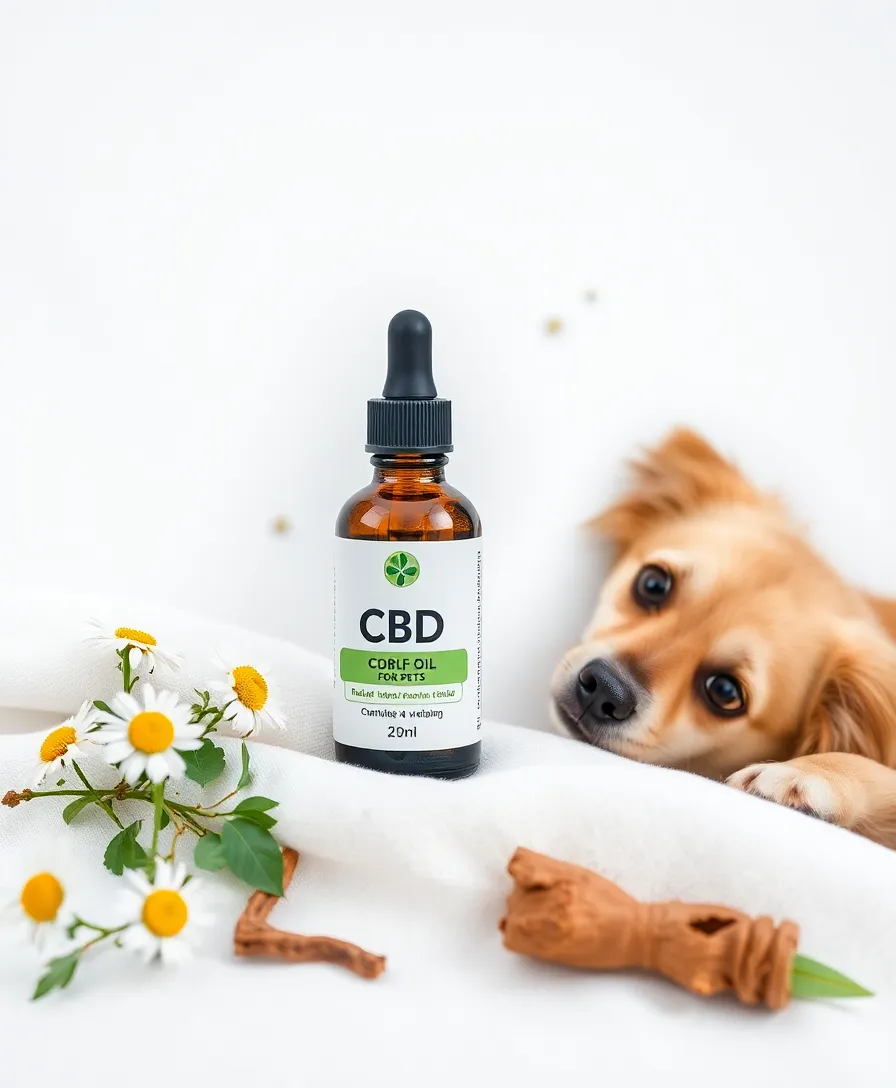
Consider incorporating natural calming aids, such as CBD oil or herbal supplements, into your pet’s routine. These remedies can help alleviate anxiety symptoms and promote relaxation without the side effects of traditional medications. Always consult your veterinarian before introducing new products to ensure they are safe and appropriate for your pet’s specific needs. Finding the right natural solution can lead to a happier, more relaxed pet.
5. Consistent Routine
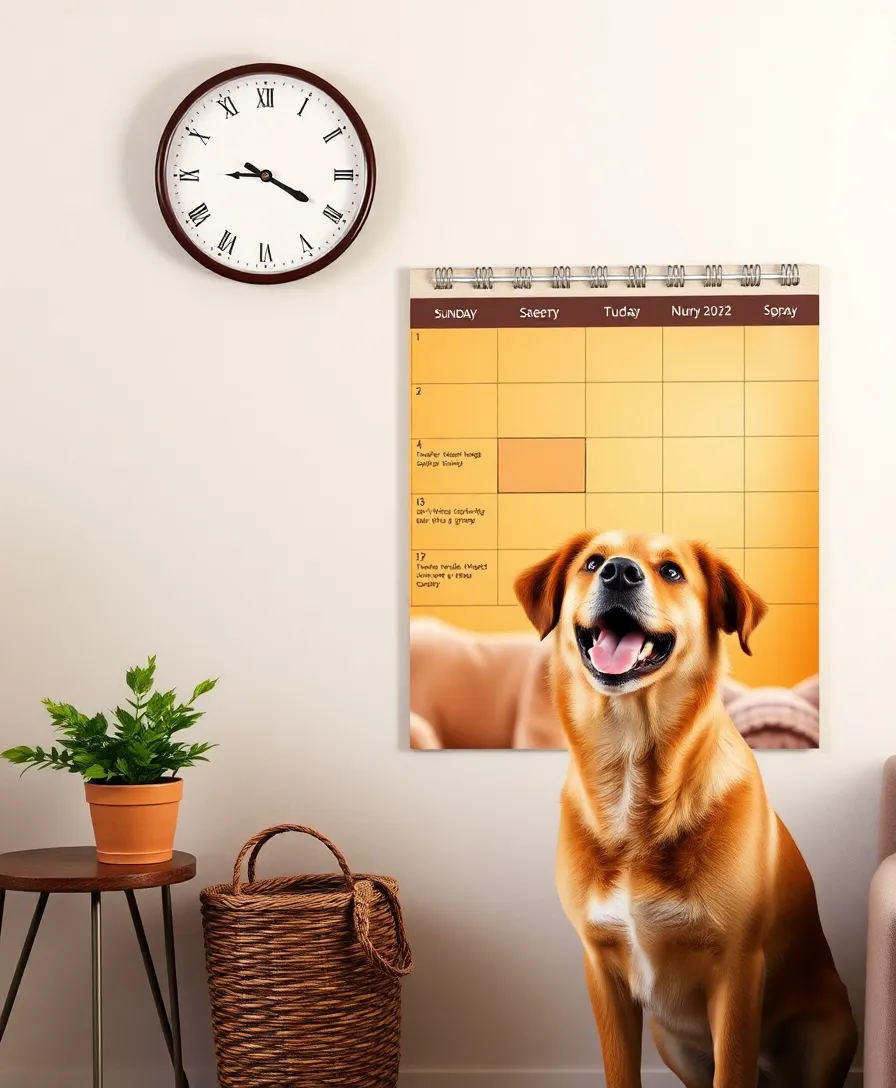
Pets thrive on routine, and a consistent daily schedule can help reduce their anxiety. Establish regular feeding times, walks, and play sessions to create a predictable environment for your pet. This sense of stability not only makes them feel secure but also helps them understand what to expect throughout the day, ultimately reducing stress levels. Consistency is key to fostering a sense of calm in your furry friend.
6. Training Techniques
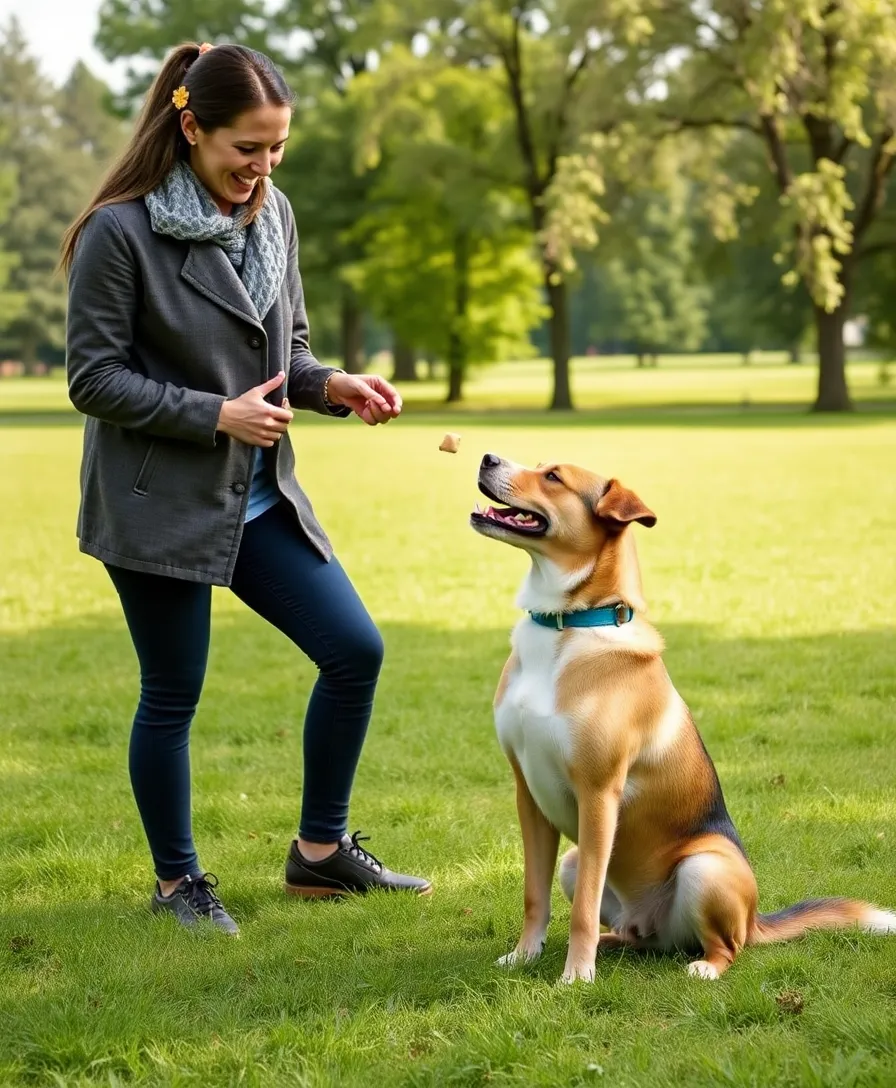
Training your pet in a positive way can significantly improve their confidence and reduce anxiety. Using clicker training or positive reinforcement methods can help your pet learn new commands and behaviors, making them feel more secure in their environment. Regular training sessions, even just a few minutes a day, can build a strong bond between you and your pet while providing mental stimulation. A well-trained pet is often a more relaxed pet.
7. Anxiety Wraps

Anxiety wraps or vests can provide your pet with a sense of security by applying gentle, even pressure across their body. This type of pressure can help reduce anxiety in many pets, similar to how a hug comforts a human. These wraps are particularly effective during stressful situations such as thunderstorms or fireworks. By creating a snug fit, they can help your furry friend feel more grounded and calm.
8. Aromatherapy
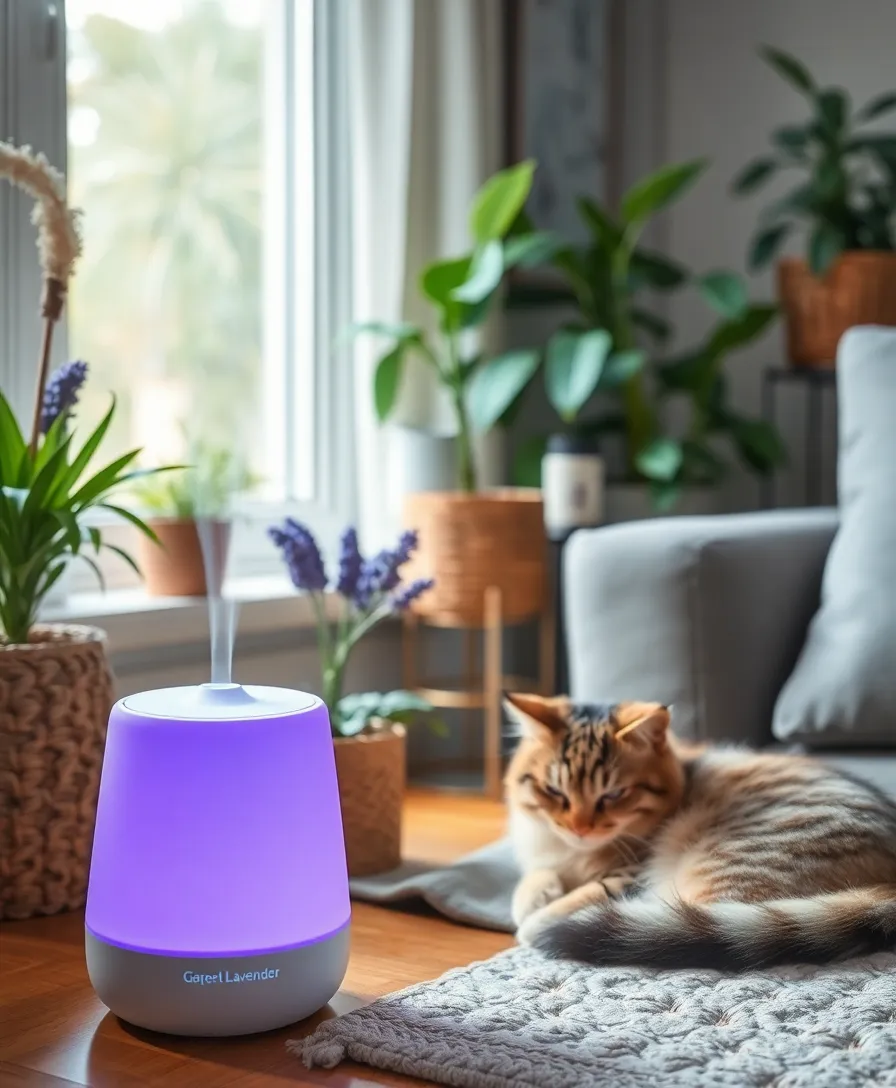
Aromatherapy can be a delightful way to calm your anxious pet. Essential oils like lavender, chamomile, or cedarwood can create a soothing atmosphere. You can use a diffuser in your pet’s safe space or apply pet-safe essential oil blends to their bedding. Always ensure that the oils used are safe for pets, as some can be harmful. The gentle scents can help create an environment of tranquility for your furry companion.
9. Regular Exercise
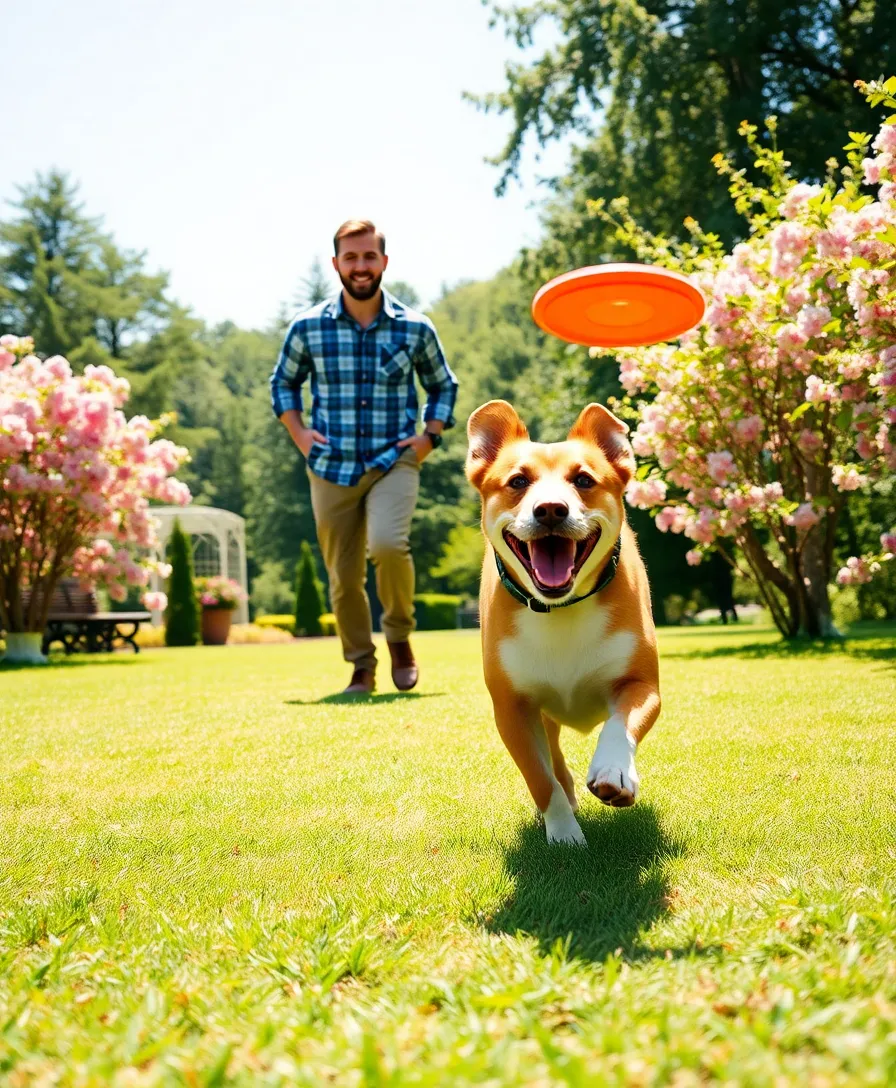
Regular exercise is essential for your pet’s physical and mental health. Daily walks or playtime in the backyard can significantly reduce anxiety levels by burning off excess energy and providing an outlet for stress. Engaging in physical activity also releases endorphins, which can uplift your pet’s mood. Whether it’s a brisk walk or a game of fetch, keeping your pet active is a vital part of their overall well-being.
10. Socialization Opportunities

Proper socialization is crucial for preventing anxiety in pets. Exposing your furry friend to different environments, people, and other animals can help them build confidence and reduce fear. Consider enrolling your pet in obedience classes or arranging playdates with well-behaved pets. These interactions can teach your pet how to handle new experiences and reduce the likelihood of anxiety in unfamiliar situations.
11. Professional Help
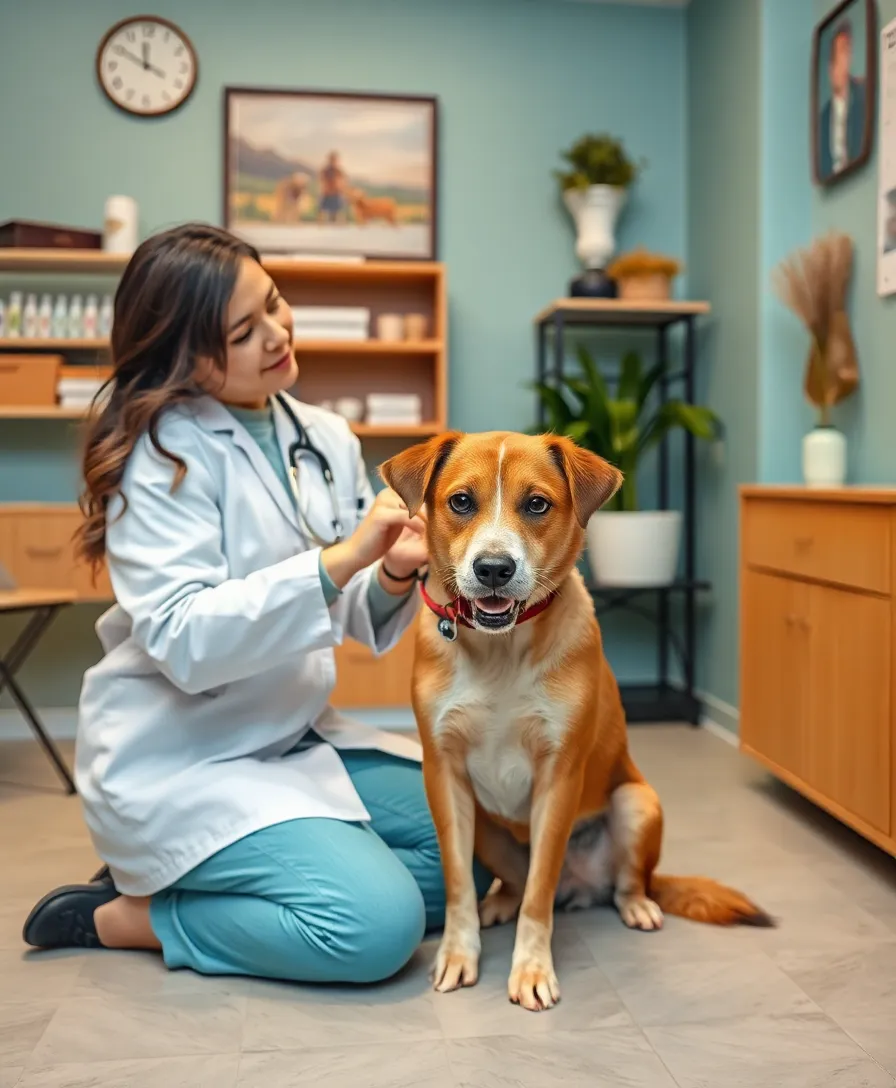
Sometimes, anxiety can be severe and require professional intervention. Consulting with a veterinarian or a certified animal behaviorist can provide insights and tailored strategies to help manage your pet’s anxiety effectively. They may recommend behavioral therapy, medication, or a combination of both depending on your pet’s specific needs. Seeking professional help can be a crucial step in ensuring your pet’s happiness and well-being.
12. Gradual Desensitization

Gradual desensitization is a technique that involves slowly exposing your pet to anxiety-inducing stimuli in a controlled manner. The goal is to reduce your pet’s sensitivity to these triggers over time. Start with low levels of exposure and gradually increase them as your pet becomes more comfortable. This method can be effective for fears associated with loud noises, such as thunderstorms or fireworks, helping your pet learn to cope with their anxiety.
13. Calming Treats

Specially formulated calming treats can be a delicious way to help soothe your pet’s anxiety. These treats often contain natural ingredients like chamomile, valerian root, or L-theanine, which promote relaxation. Incorporating these treats into your pet’s routine can provide comfort during particularly stressful times, such as during travel or vet visits. Treats can make a stressful situation much more manageable and even enjoyable for your furry friend.
14. Bath Time
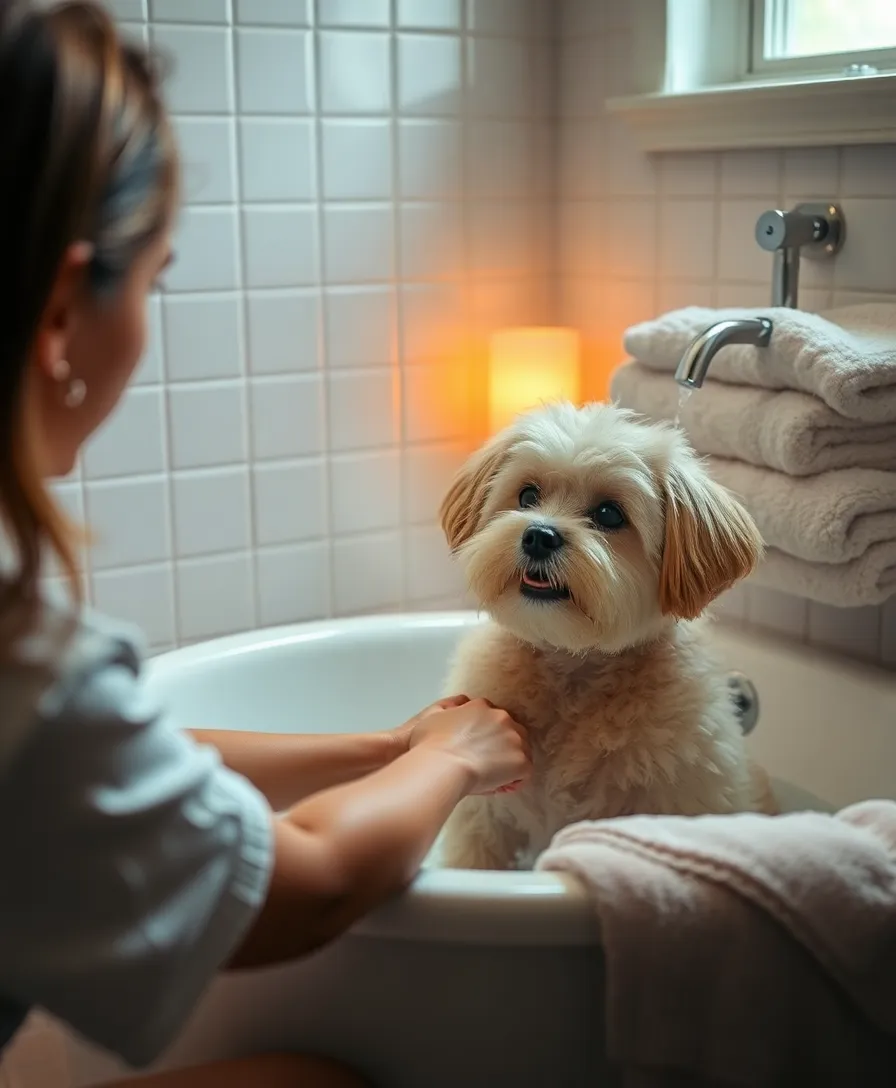
Giving your pet a gentle bath can be a soothing experience that relaxes them and helps relieve anxiety. Use warm water and pet-safe shampoos designed to calm nerves. The process of bathing can mimic the feeling of being cradled, providing comfort. After the bath, cuddling with your pet in a warm towel can enhance their sense of security and relaxation, turning bath time into a bonding experience.
15. Mindfulness and Meditation
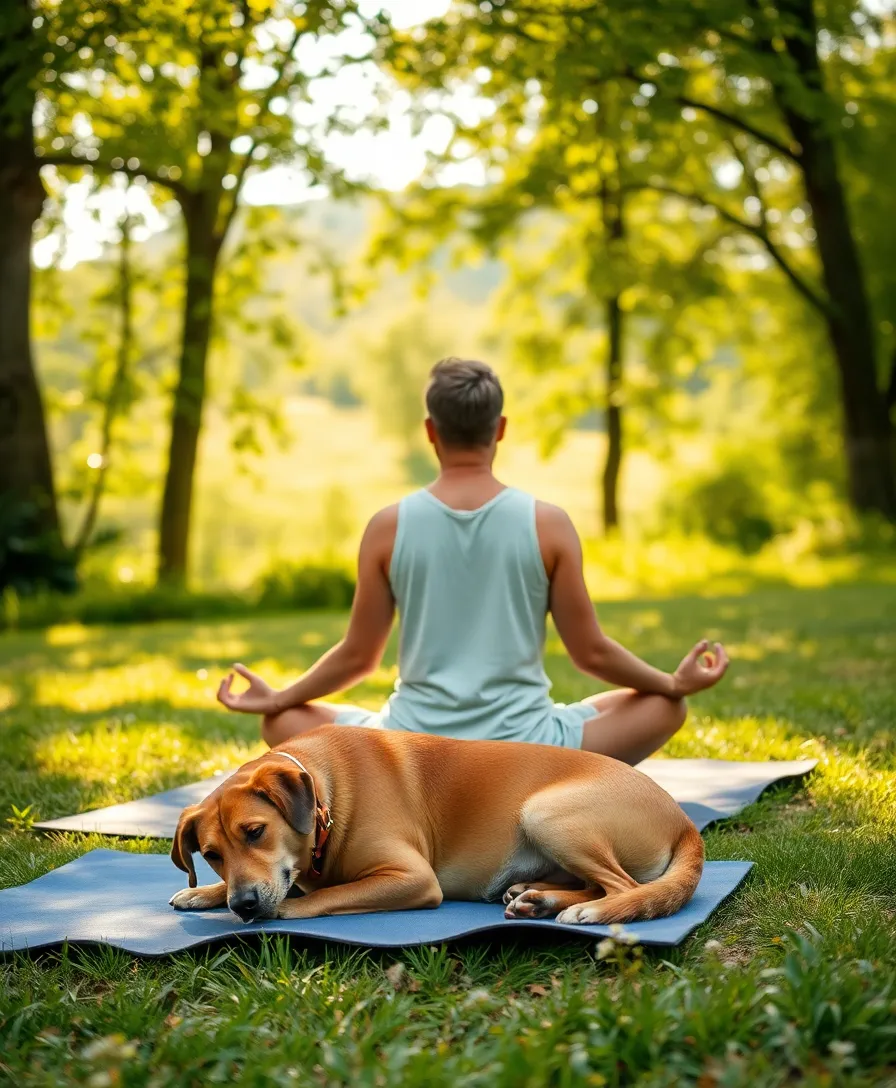
Practicing mindfulness and meditation with your pet can create a calming bond and reduce anxiety for both of you. Spend quiet time together in a peaceful setting, focusing on your breathing while gently petting your furry friend. This shared experience can foster a sense of security and tranquility. Incorporating mindfulness into your routine can help both you and your pet feel more centered and relaxed.
16. Positive Reinforcement
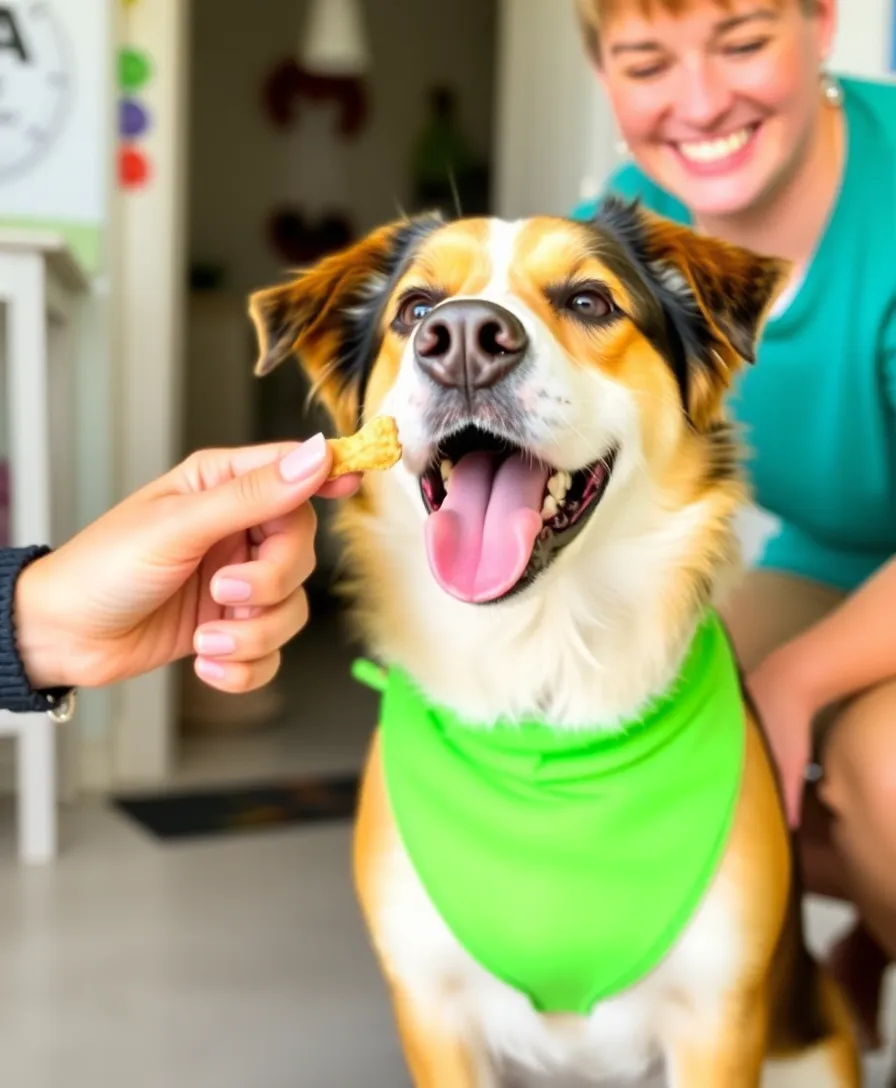
Use positive reinforcement to reward your pet for calm behavior, reinforcing their confidence. Whether it’s through treats, praise, or extra playtime, acknowledging your pet’s efforts to remain calm can encourage them to continue this behavior. Creating a positive association with situations that trigger anxiety will help your pet feel more secure. Over time, they will learn to trust that they can rely on you for support.
Conclusion
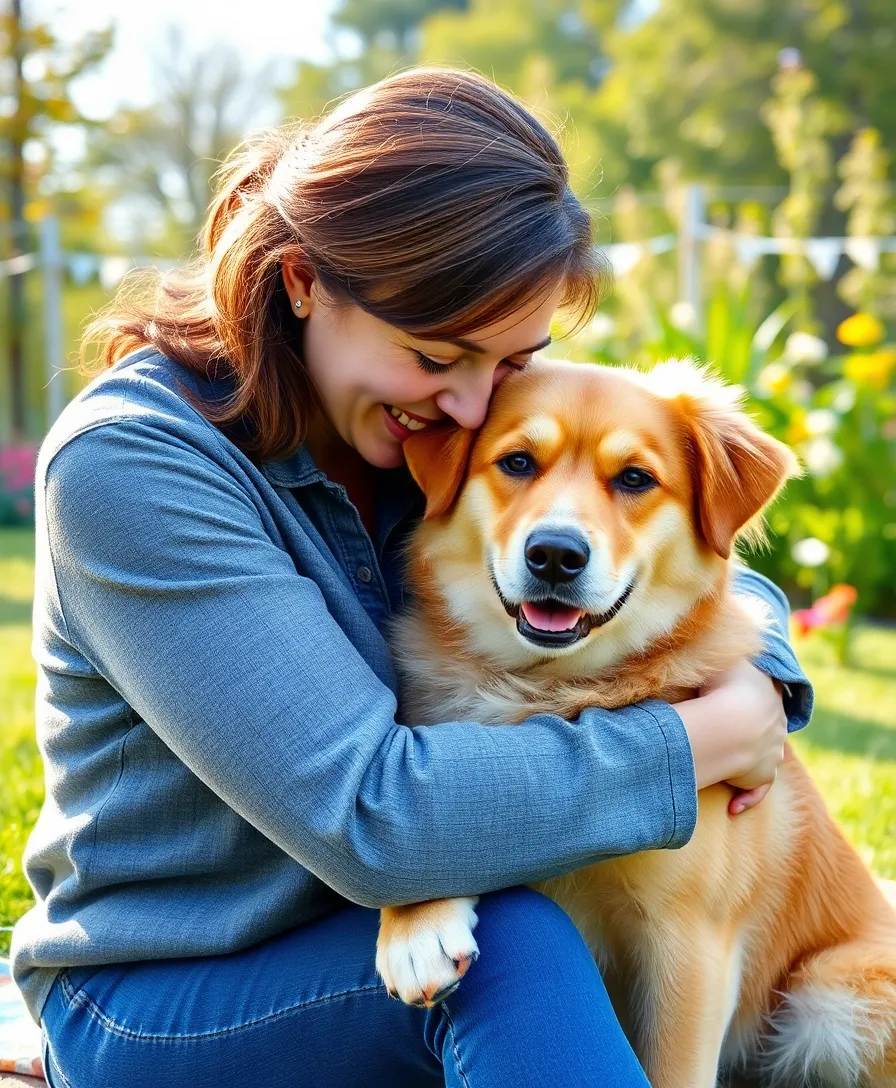
Managing your pet’s anxiety is a journey that requires patience and understanding. By implementing these 16 solutions, you can help your furry friend feel more secure, relaxed, and happy. Remember, each pet is unique, so finding the right combination of techniques that work best for your furry companion is essential. Don’t hesitate to reach out to professionals if needed, and cherish the bond you create through this process.

